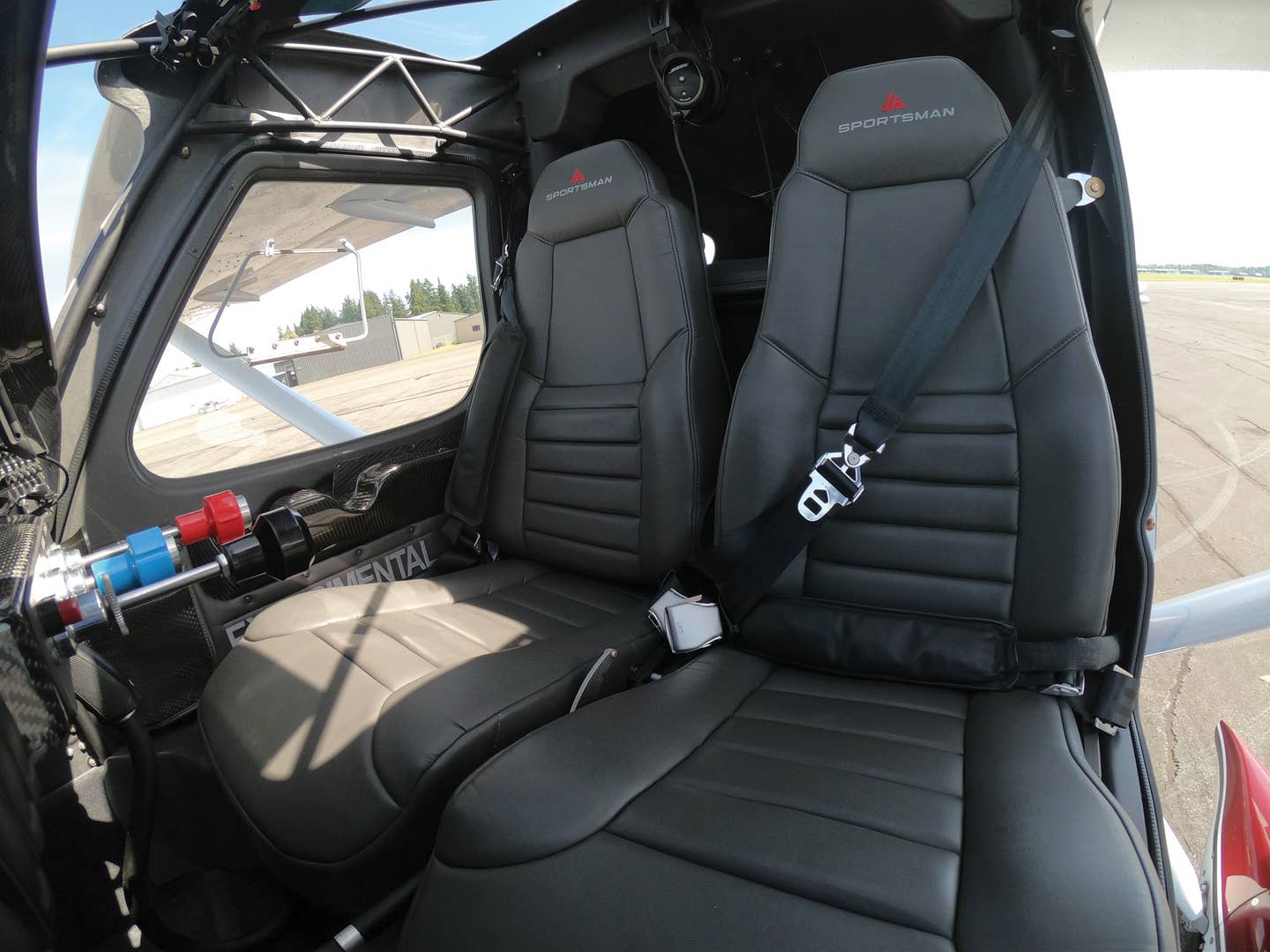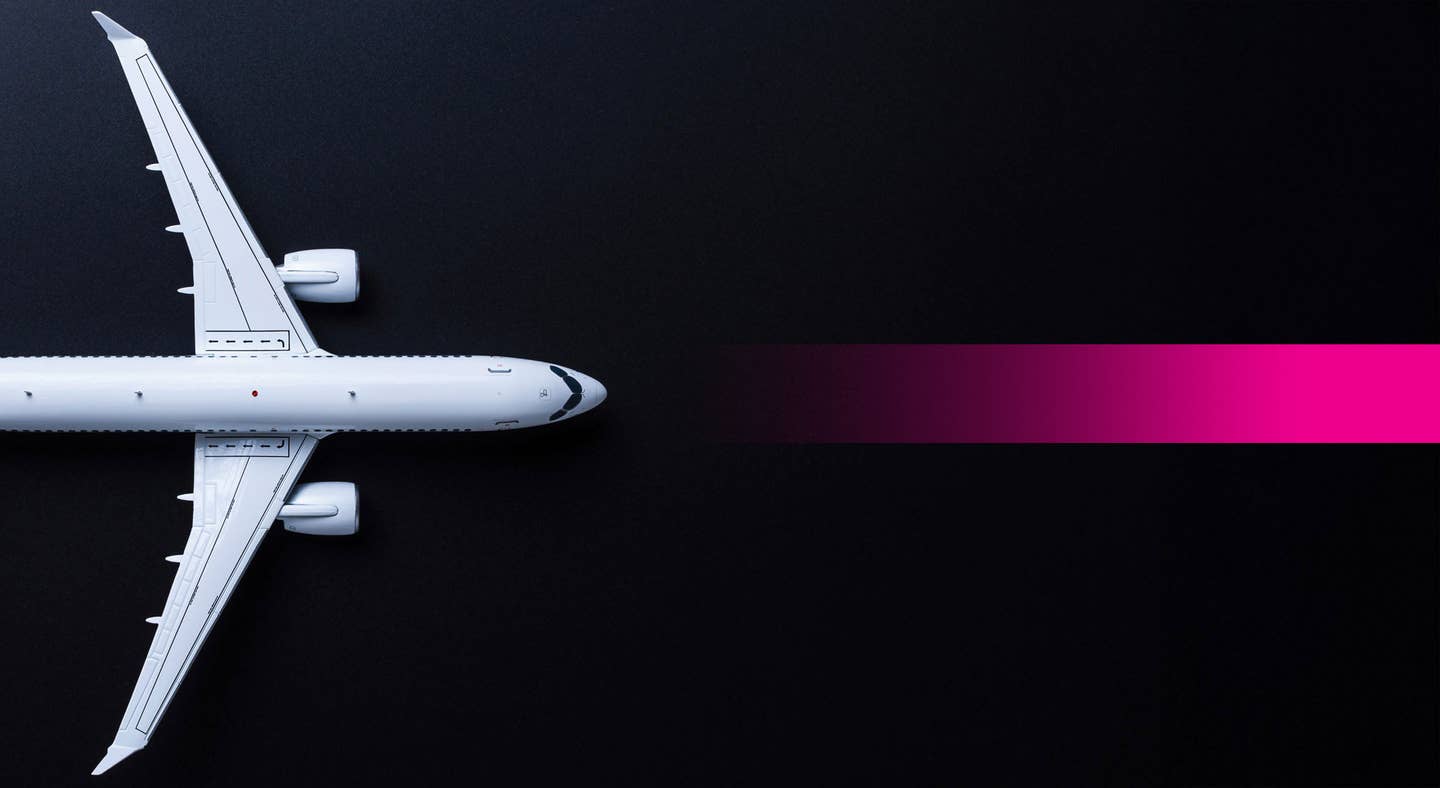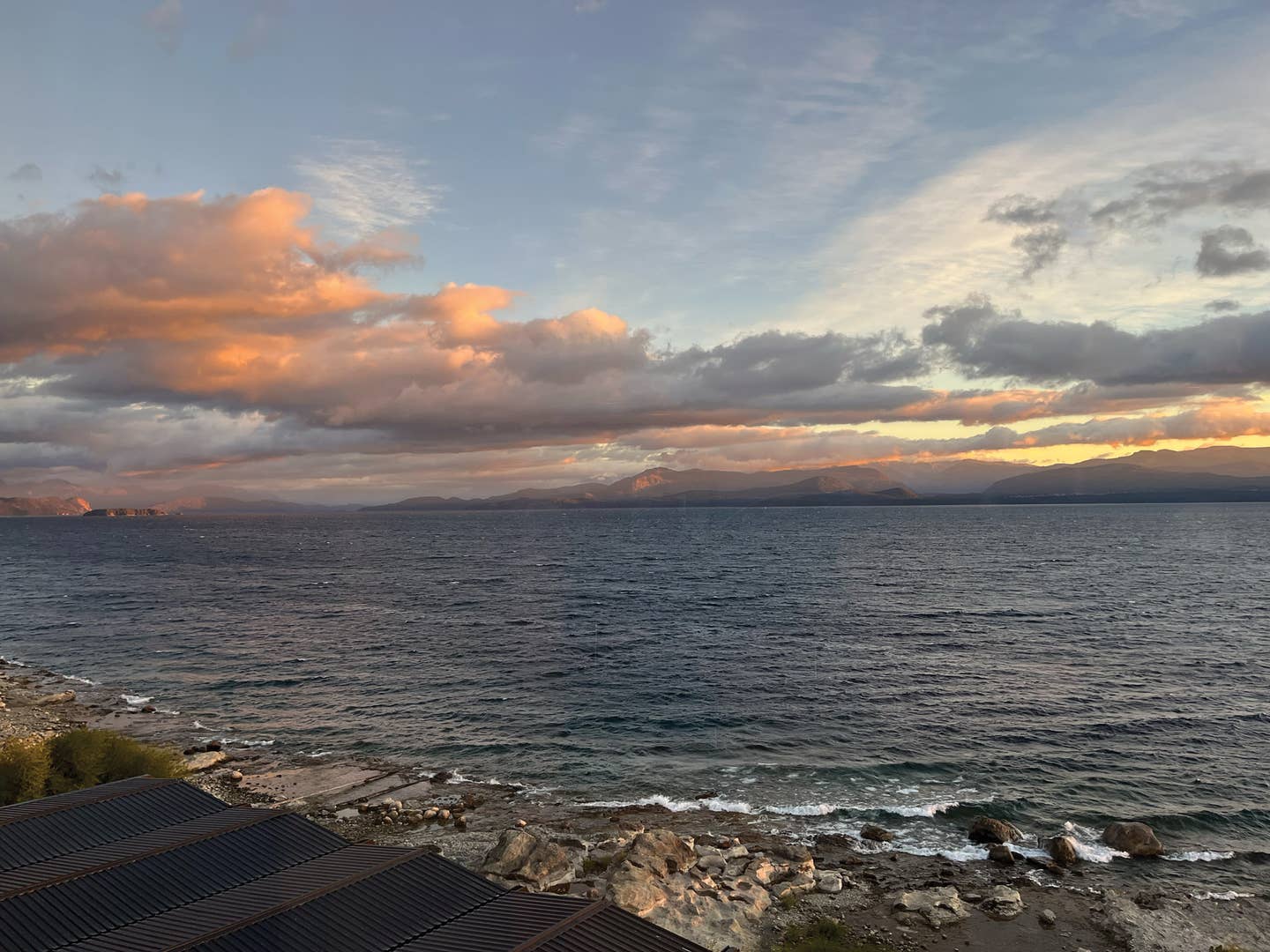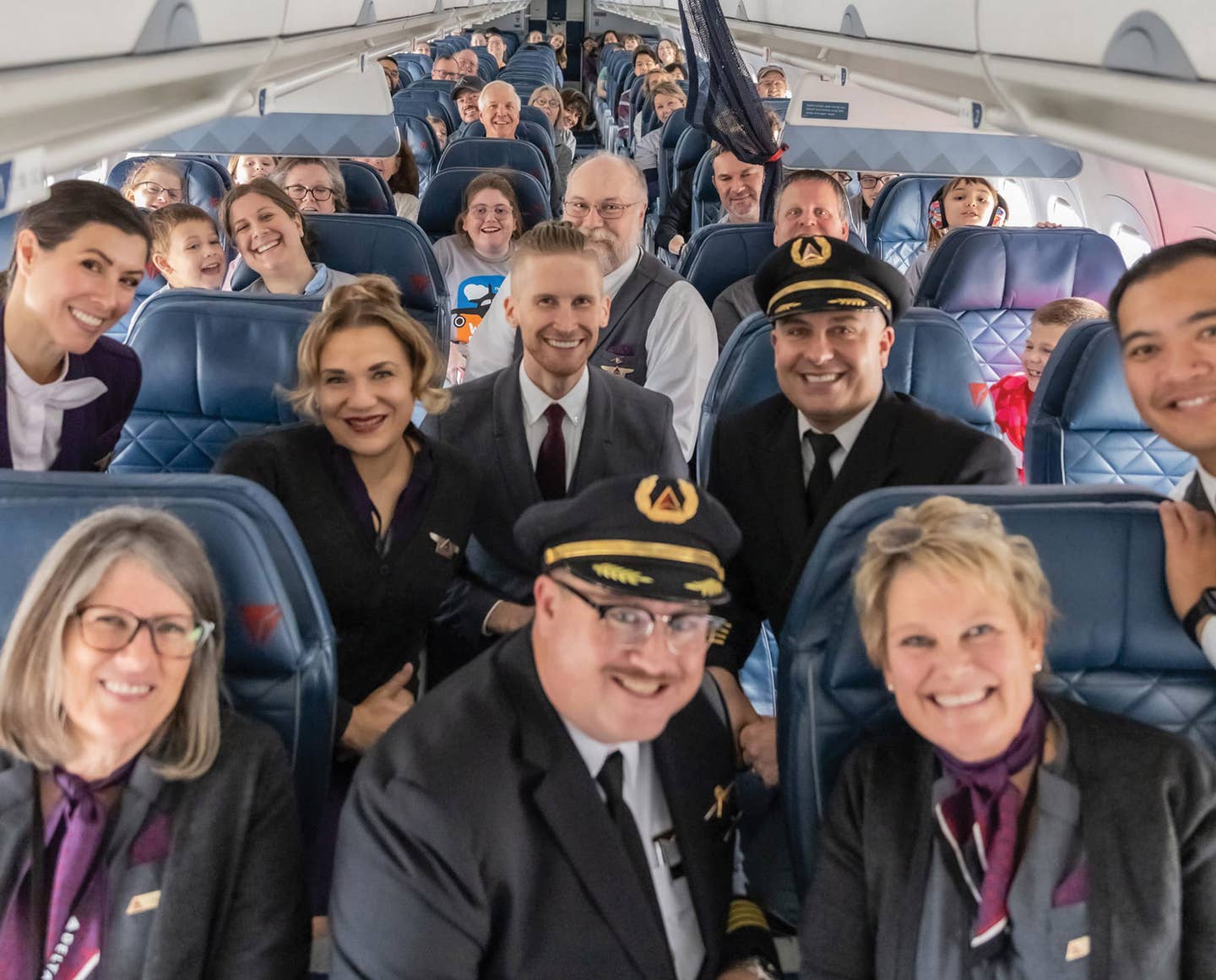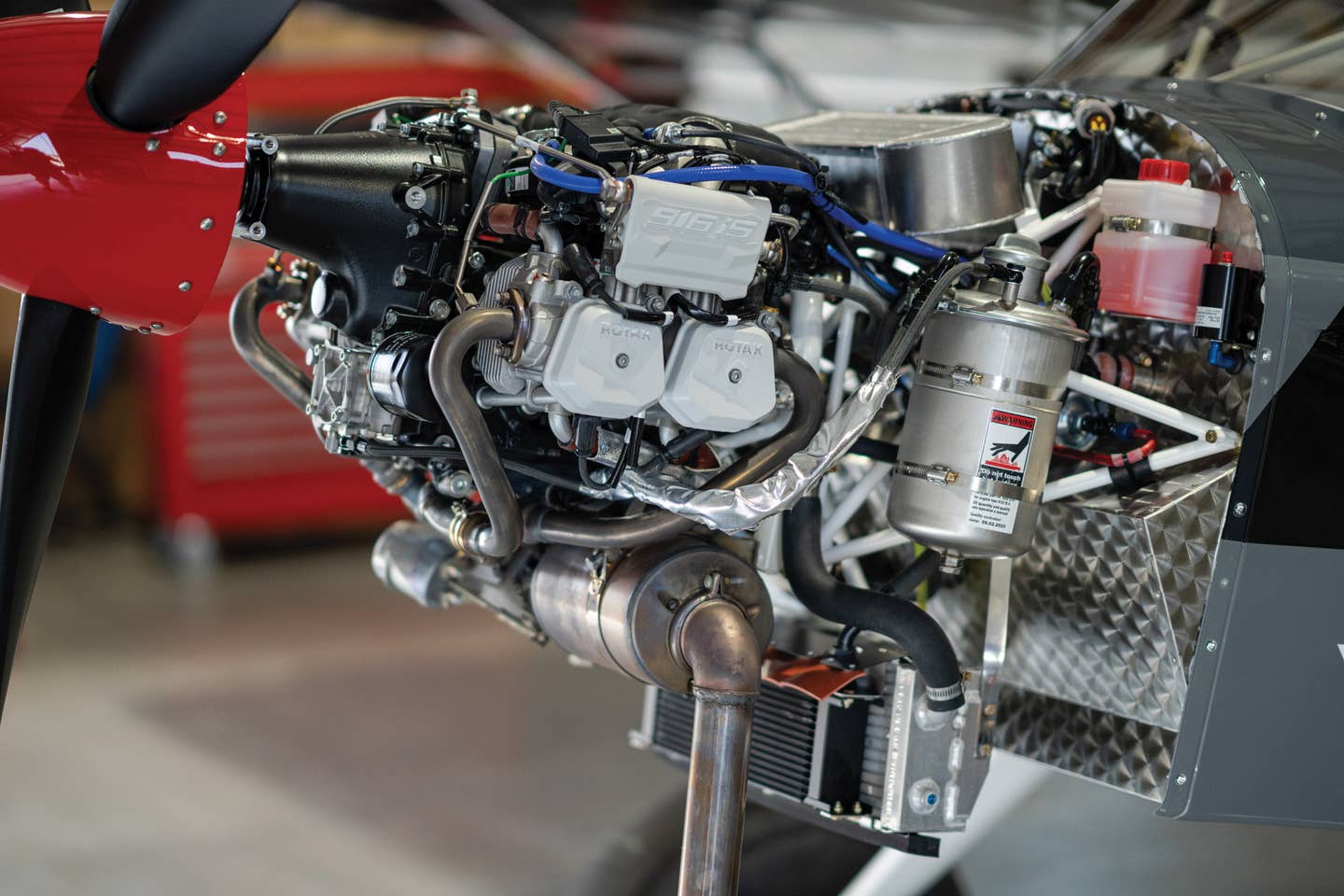Save On Avgas
American avgas is becoming almost as expensive as European petrol. Here’s how to use less of it.
 |
It barely matters what you fly these days--- avgas is starting to comprise a greater percentage of an airplane's total operating cost. Back in the late '70s and early '80s when avgas was usually about $1/gallon, a standard formula for guess-timating total operating cost per hour on a production single was to simply multiply fuel cost times five.
I flew a company Seneca II in the U.S. and Canada for two years in the '70s, and I was appalled at paying a whopping $25/hr for fuel. Even my first Mooney 231 extracted $13/hr from my credit-card limit.
Today, you'll pay about $125 to fuel a Seneca II for an hour, and half that to run a Mooney 231 or 252. Avgas expense now consumes probably a third of total operating cost for most piston-powered, general aviation airplanes.
Even when fuel was cheap, no one wanted to spend more than they had to, but today's high fuel prices provide an extra incentive to save gas and money. It's a safe bet we'll never again see $4 avgas, much less $3 fuel, so why not save what you can?
Even when fuel was cheap, no one wanted to spend more than they had to, but today's high fuel prices provide an extra incentive to save gas and money. It's a safe bet we'll never again see $4 avgas, much less $3 fuel, so why not save what you can?
Here's a look at 10 ways (I really did try to find 11) to reduce the amount of fuel you burn for a given trip, and minimize the financial drain of high fuel prices. You'll note that some of these suggestions rely on making the airplane fly slightly faster or more efficiently to increase its mpg. We've deliberately excluded such pricey options as speed mods that often do little more than add weight. (Some, such as the LoPresti cowlings, most definitely work, but that's an expensive and not-too-efficient method of improving an airplane's mpg.)
 Fueling your airplane very early in the morning, when temperatures are coldest and fuel is densest, will get you more bank for the buck. Every little savings counts! |
1 Fly Slower And Higher
The most obvious fuel-saving technique is to simply reduce cruise power from 75% to 55%. It's purely a numbers game, so please bear with me on this.
Using a new-generation, re-start Cessna Skylane as an example, the reduction from 75% to 55% power drops speed from 134 to 115 knots while improving fuel burn from 12.6 to 9.6 gph. That's only a 16% speed loss in exchange for a 31% reduction in burn, a reasonably good bargain.
If you're willing to fly higher, you can improve the airplane's efficiency even more. Operate a Skylane at 55% at 6,000 feet, and you'll see the aforementioned 115 knots. Climb on up to 10,000 feet, and the same airplane will trip along at 120 knots on the same power and burn---that's five extra knots. Yes, you'll burn slightly more fuel in the longer climb, but you may get some of that back in the reduced-power descent.
One argument against this philosophy is that you increase engine time by flying slower; you may lose some of the financial benefit by paying additional engine reserve. So be it. We're talking about saving fuel.
 |
2 Fly Cleaner
If you're like me (and I know I am), you'll forget to use a climb checklist and may leave takeoff flaps down and cowl flaps extended during some portion of the climb. Takeoff flaps obviously need to be retracted as soon as practical. Most airplanes aren't as efficient in climb with flaps extended.
Under some conditions, you'll need full cowl flaps during the climb. Unless it's a really hot day, however, the majority of airplanes can cool the engine sufficiently with cowl flaps in trail. Very hot days may even demand some cowl flaps at cruise, but if you just happen to forget them, fully open cowl flaps can cost you up to three knots on a Skylane. Ask me how I know.
Similarly, make certain you coordinate rudder position for climb and cruise. If you have rudder trim, you can trim the vertical fin for dead center. If you don't, simply releasing the right pedal should allow a properly rigged airplane to fly straight. Flying with the ball half out of center can cost you at least one knot, two on some airplanes. Again, I've learned from experience.
Finally, it can't hurt to keep the airplane clean and well waxed. Cleanliness is next to godliness. You're guaranteed to at least THINK it's faster, even if it isn't. Don't believe everything you read on the bottom of aircraft-wax cans, but it's only logical that a slicker airplane with some of the rough edges smoothed out will be faster than a dirty machine. You might not be able to measure the difference, but aviation is a game of inches.
3 Consider Operating Lean Of Peak
I know, I know, not everyone agrees with running an engine lean of peak (LOP). There are, nevertheless, some astute engineers who endorse the philosophy of George Braly and Tim Roehl of GAMIJectors in Ada, Okla., that running the engine's exhaust gas temperature (EGT) 50-100 degrees on the lean side of peak can save you another 15%-20% in fuel cost, with no ill effects on the engine. I was once a naysayer on LOP operation, but I've gradually been dragged, kicking and screaming, to the lean-of-peak camp. If I'm not in a hurry, that's how I fly.
4 Shop For The Cheapest Fuel
Sadly, Mark Hanna's Fillup Flyer Fuel Finder has long since been shut down, but in this day of $6 (or even $7) avgas, there still are a few options for finding the cheapest fuel in your neighborhood. You can check two websites, www.airnav.com and and www.100ll.com, for current fuel prices in specific areas. While that doesn't mean you should fly out of your way to save a quarter a gallon, you may be able to realize some savings if cheap fuel is available somewhere along your route. Better still, these websites can alert you to the cheapest fuel on a given airport.
5 Fuel Intelligently
When you do find the least expensive place to buy, try to purchase fuel in the morning when temperatures are coldest and fuel is densest. (One pilot of a Piper Navajo, flying around the world pole-to-pole, arranged---at spectacular expense---to have his fuel supercooled at every stop to get more into the tank. He had to depart quickly after fueling, and use fuel from every tank to avoid having it warm up, expand and overflow.) You will, quite literally, get more bang for your buck, even if it's only a very slight amount. At $6/gallon, a half gallon saved on a 50-gallon fillup is worthwhile.
Similarly, remember to shake the wing occasionally during fueling to make certain there are no air bubbles. Once, in Reykjavik, Iceland, in 1989, flying the first Piper Mirage to Europe, I encountered a 10-gallon air bubble. When the airplane is definitely full, it's important to taxi out and run up on one tank, then, depart and climb on the opposite tank. Otherwise, the increased angle of attack in climb may cause one tank to overflow through the filler caps or the vent tubes.
 |
6 Fly Symmetrically
We were all taught in flight school to keep the airplane's fuel load in balance, but how easily we forget. Some of the more exotic turbine equipment (the Socata TBM 850, for example,) automatically switch tanks every half hour. Other manufacturers provide a timer to annunciate when it's time to switch (the Piper Mirage). Allowing one wing to become too heavy means you must hold opposite rudder or aileron to keep the other wing level, introducing additional drag---not a very efficient way to fly.
7 Fly Lighter
The late Roy LoPresti used to suggest that speed of the midrange production singles increases roughly 1% for every 100 pounds you off-load. There's not much you can do about basic aircraft empty weight, and it may not be possible to find 100 nonessential pounds in your airplane, but anything you can leave behind will make the airplane more efficient. Clean out the baggage compartment, store all those extra headsets, pillows, blankets and charts for the opposite coast in your hangar or locker, and you may discover your airplane is more enthusiastic than you knew. (The automotive industry has discovered that weight reduction is so important to improve mpg that some car makers are actually excluding the spare tire as standard equipment.)
8 Proper Tune
(How about "Fly Me to the Moon?") It should go without saying that you stand little chance of maximizing mpg if the engine isn't running at peak efficiency. This doesn't mean you need to visit the shop before every flight, but make certain the mags are properly timed and the plugs are cleaned and gapped at least twice a year. A balanced prop also will contribute smoothness and a marginal amount of speed.
9 Plan Descents
Many pilots who fly with speed brakes (this pilot included) use them more than they should. If you fly a clean airplane that builds speed quickly in a descent, aerodynamic braking can be a convenient way to keep velocity in check. Convenient doesn't equate to efficient, however.
By definition, speed brakes help reduce excess speed, a fairly counterproductive concept since the whole idea of flying is to travel faster than the Porsche on the Interstate below. Instead, plan ahead, and don't give away expensive speed.
10 Roll Freely
Keep tires properly inflated to minimize rolling friction. Some pilots even make it a point to maintain the tires at five pounds over the recommended level to allow for leakage during those intervals between flights.
The trick isn't to allow tires to bleed down to a level where the bulge on the bottom inhibits taxi and demands extra power. Conversely, don't inflate the rubber so much that tires become more susceptible to blowouts on rough asphalt.
Times are tough. Aircraft operating costs are higher than they've been in years. For those of us who love flying and wouldn't think of giving it up because of fuel costs, a little foresight and more meticulous habits can help reduce the pain.
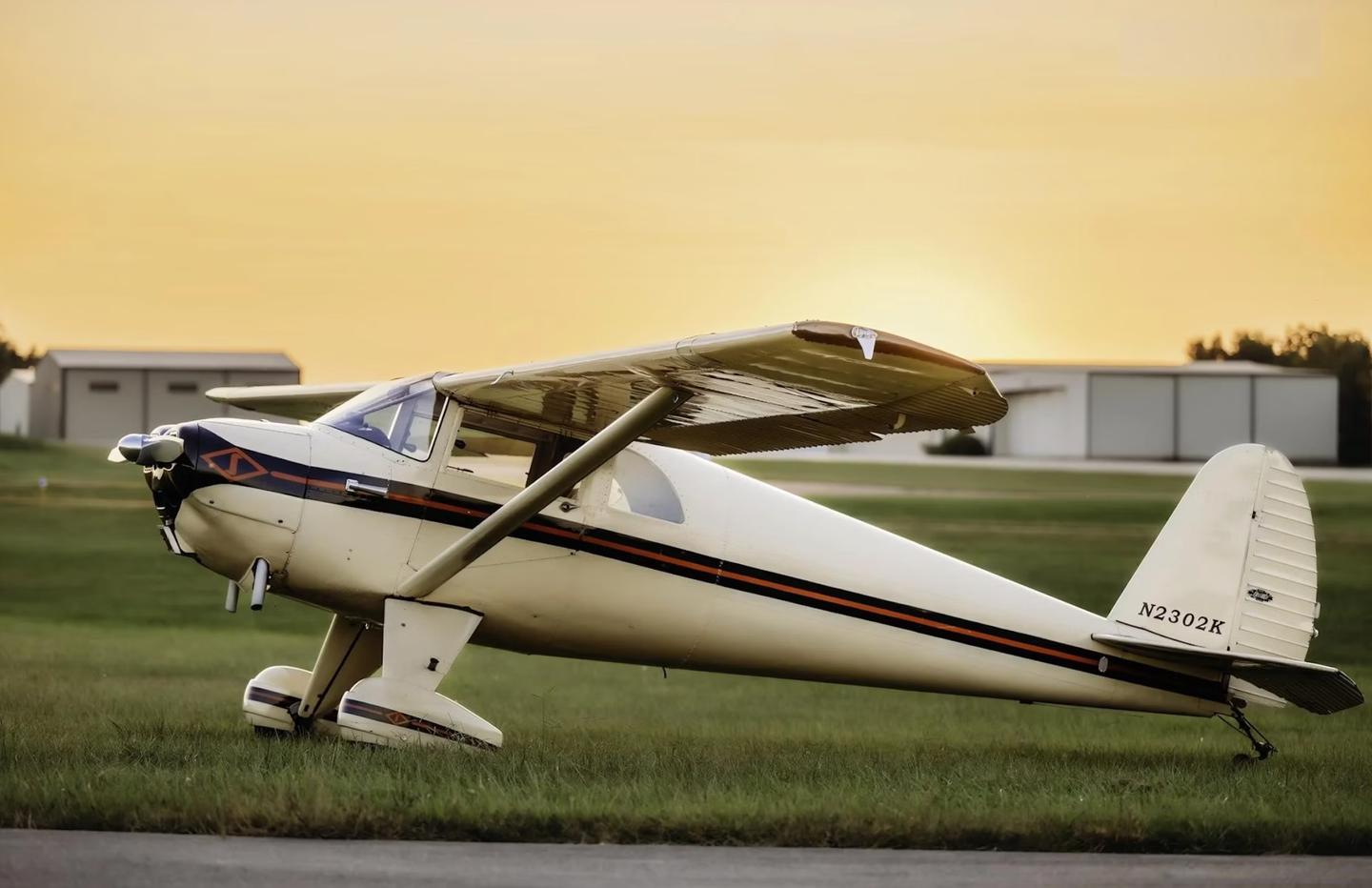
Subscribe to Our Newsletter
Get the latest Plane & Pilot Magazine stories delivered directly to your inbox

